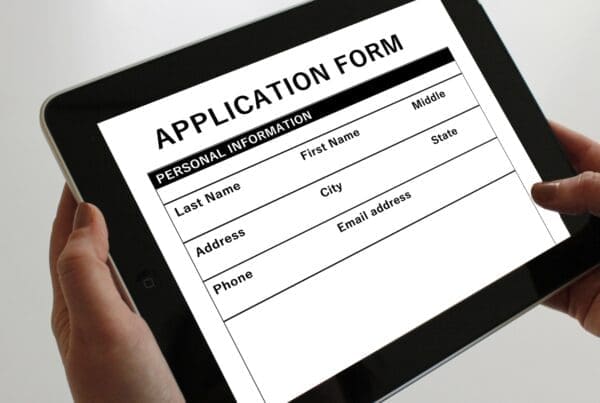If you want to get ahead, you need to be agile. That’s the reality facing every business today, regardless of headcount or industry.
Agility is crucial for sustained success, especially when it comes to recruitment and talent retention.
Understanding Agility in Recruitment
Agility in recruitment is all about how easily you’re able to swiftly and effectively adapt to changes in the talent landscape.
This doesn’t just mean that you need to be quick to replace employees when they hand in their notice. You also need to adopt proactive strategies where you consider market trends, foster innovation within your workforce, and ensure a continuous flow of diverse and skilled workers.
Agility can look different at various stages of the recruitment and talent acquisition process:
1. Preparing For Employee Departures
It’s unrealistic to think that you’ll retain every skilled worker you have indefinitely, so it’s important to anticipate and plan for key employee departures.
Succession planning is an important part of this, making sure that any potential gaps in leadership or critical roles are identified and planned for well in advance so you’re not caught off guard when someone hands their notice in. This proactive approach minimises disruptions and allows for a smoother transition when people do inevitably leave for pastures new.
2. Proactive Talent Acquisition
Rather than waiting for vacancies to come up, an agile business is always thinking ahead when it comes to talent acquisition.
This involves identifying emerging skills that could prove beneficial to the business, and being proactive about sourcing potential candidates who could fill those gaps.
3. Being Flexible When Recruiting
An agile business embraces flexibility in its recruitment processes.
Adopting innovative hiring practises, such as virtual interviews, AI-driven assessments, and flexible work arrangements shows potential employees that you’re an adaptable company. This doesn’t just attract a diverse pool of candidates but also streamlines the recruitment process.
4. Cross-Training and Skill Development
Cross-training is a powerful strategy for building a workforce that is prepared for changes. Cross-training is all about ensuring each team member has a baseline understanding of each other’s roles. This means that, if someone does leave unexpectedly, someone else is able to pick up their work until you’ve found a replacement.
It’s good for your employees as you’re upskilling them, which will help them develop professionally. It is also a good fallback for your business to protect against disruption.
5. Market-Driven Compensation and Benefits
Agility in recruitment also extends to the compensation and benefits you offer to your employees. An agile business should keep a close eye on industry standards and adjust its offering to be competitive.
This helps you to attract the top talent you need in your business and helps to retain existing employees who could be convinced to leave their role for a more attractive compensation package elsewhere.
6. Forward-Thinking Interview Processes
Traditional interview processes are not always the best for identifying candidates with innovative thinking, so try and embrace newer interview techniques like case studies, scenario-based assessments, and collaborative problem-solving exercises.





